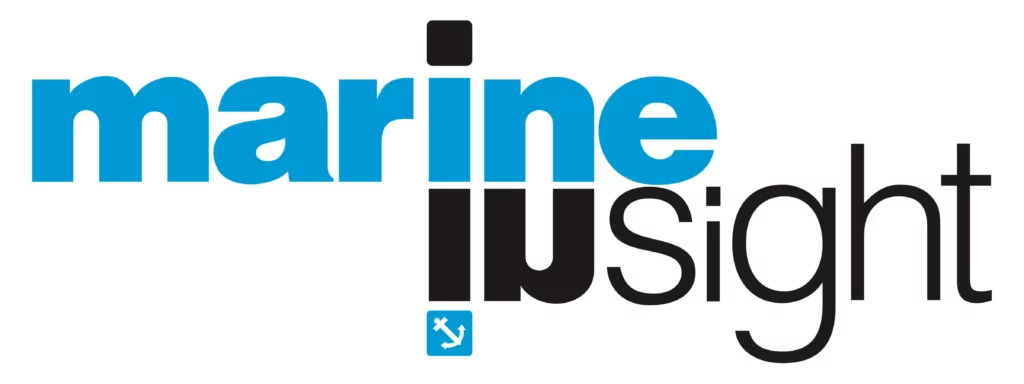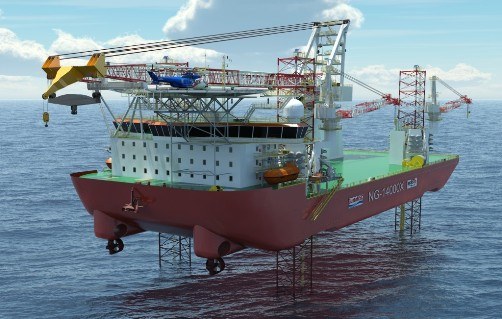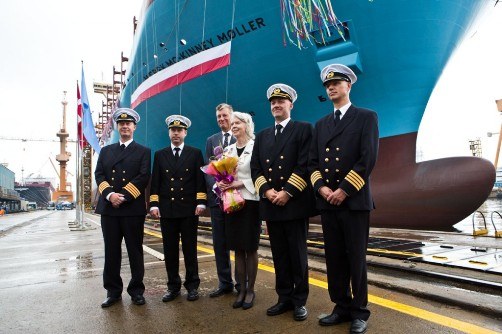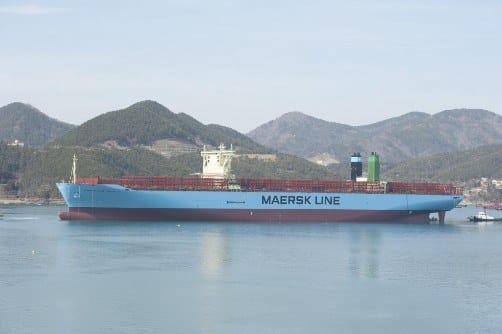World’s First Hydrogen-hybrid Research Vessel Design Receives AiP

The American Bureau of Shipping (ABS) has approved the initial design for the California Coastal Research Vessel (CCRV), the world’s first hydrogen-hybrid research vessel.
Glosten, a naval architecture and marine engineering firm, designed this breakthrough vessel to join UC San Diego’s Scripps Institution of Oceanography fleet, marking a significant advancement in zero-emission maritime operations.
The California Coastal Research Vessel (CCRV) will feature a hydrogen fuel cell propulsion system, enabling it to operate emissions-free for 75% of its journeys, particularly within state waters.
The vessel will use modern diesel generators that run cleanly for extended offshore missions.
The innovation is a major contribution to California’s aim to reduce global climate risk and transition to a carbon-neutral economy, as well as the University of California’s climate action objectives.
The CCRV, dedicated to California research missions, will investigate biological, chemical, geological, and physical processes.
The research will focus on atmospheric rivers, fisheries, hazardous algal blooms, ocean acidification & depletion zones, severe El Nino storms, and sea-level rise.
The findings will help to protect California’s coastal ecosystem from climate change and demonstrate hydrogen’s crucial role in a carbon-free future.
Scripps’ assistant director and head of ship operations, Bruce Appelgate, emphasised the vessel’s compatibility with institutional environmental principles.
The new 125-foot CCRV, which will replace the Robert Gordon Sproul Research Vessel, will provide students with hands-on learning opportunities and be outfitted with advanced instruments and sensing systems, such as acoustic Doppler current profilers, seafloor mapping systems, and airborne drone operations support.
The CCRV needed a new regulatory framework since it was the first liquid hydrogen-powered vessel in the United States.
ABS and the US Coast Guard worked closely with Glosten to ensure compliance with the changing requirements.
Gareth Burton, ABS senior vice president of global engineering, highlighted the vessel’s potential to encourage more hydrogen usage in the maritime industry.
Glosten’s lead marine engineer, Robin Madsen, described the project as an intricate puzzle involving modern research vessel requirements and unique hydrogen technologies.
California State legislators allocated $35 million for the vessel’s development in 2021.
After touring Scripps’ Nimitz Marine Facility in 2023, Governor Gavin Newsom praised the vessel as a step toward a carbon-neutral economy and a testament to California’s leadership in clean energy innovation.
The Department of Energy’s selection of California as one of the seven hydrogen hubs further supports this program. Up to $1.2 billion in federal funding will be focused on 39 hydrogen infrastructure projects.
The CCRV’s functionality was first proven in a 2018 research by Glosten, Sandia National Laboratories, and DNV, supported by the US Department of Transportation’s Maritime Administration.
In 2022, the Office of Naval Research supported the preliminary design.
Glosten is moving the vessel into the next design step and will assist Scripps in selecting a contractor for its construction.
The CCRV is a trailblazing step forward in sustainable maritime research and education, demonstrating the feasibility and benefits of hydrogen-powered vessels in minimizing environmental impact.
Reference: UC San Diego
Disclaimer :
The information contained in this website is for general information purposes only. While we endeavour to keep the information up to date and correct, we make no representations or warranties of any kind, express or implied, about the completeness, accuracy, reliability, suitability or availability with respect to the website or the information, products, services, or related graphics contained on the website for any purpose. Any reliance you place on such information is therefore strictly at your own risk.
In no event will we be liable for any loss or damage including without limitation, indirect or consequential loss or damage, or any loss or damage whatsoever arising from loss of data or profits arising out of, or in connection with, the use of this website.
Disclaimer :
The information contained in this website is for general information purposes only. While we endeavour to keep the information up to date and correct, we make no representations or warranties of any kind, express or implied, about the completeness, accuracy, reliability, suitability or availability with respect to the website or the information, products, services, or related graphics contained on the website for any purpose. Any reliance you place on such information is therefore strictly at your own risk.
Do you have info to share with us ? Suggest a correction
About Author
Marine Insight News Network is a premier source for up-to-date, comprehensive, and insightful coverage of the maritime industry. Dedicated to offering the latest news, trends, and analyses in shipping, marine technology, regulations, and global maritime affairs, Marine Insight News Network prides itself on delivering accurate, engaging, and relevant information.

About Author
Marine Insight News Network is a premier source for up-to-date, comprehensive, and insightful coverage of the maritime industry. Dedicated to offering the latest news, trends, and analyses in shipping, marine technology, regulations, and global maritime affairs, Marine Insight News Network prides itself on delivering accurate, engaging, and relevant information.
Related Articles
Daily Maritime News, Straight To Your Inbox
Sign Up To Get Daily Newsletters
Join over 60k+ people who read our daily newsletters
By subscribing, you agree to our Privacy Policy and may receive occasional deal communications; you can unsubscribe anytime.





BE THE FIRST TO COMMENT